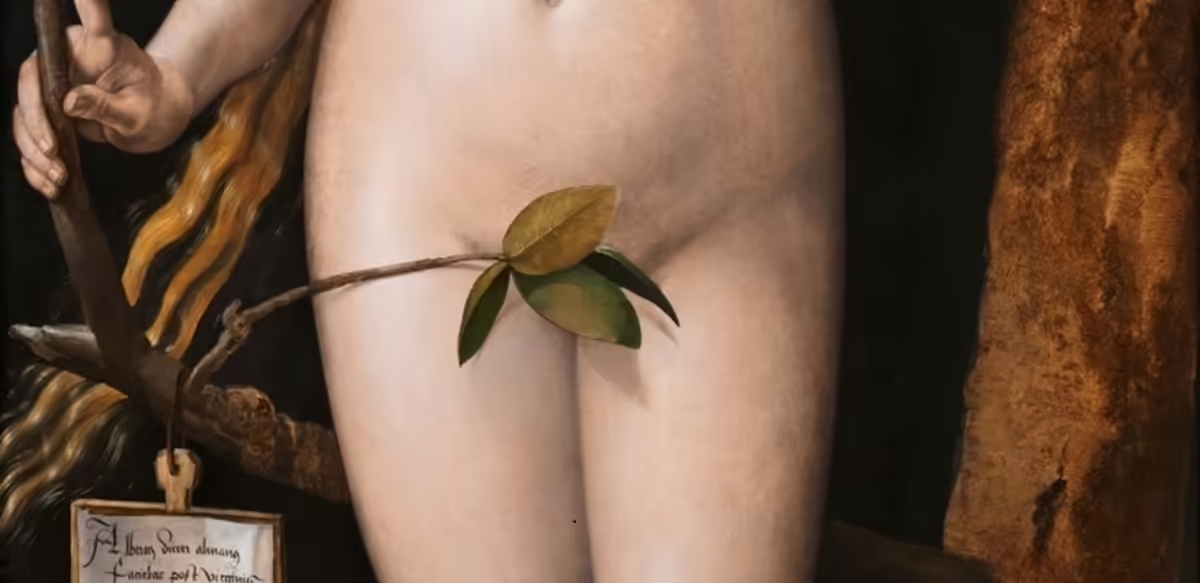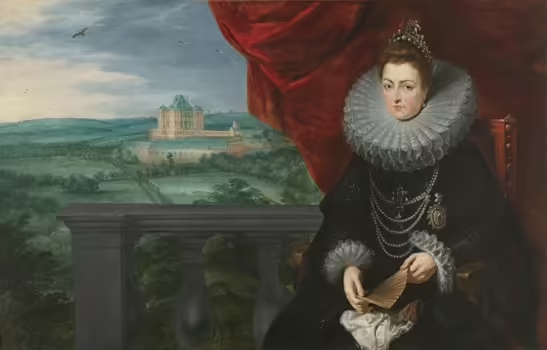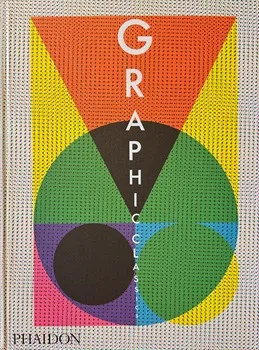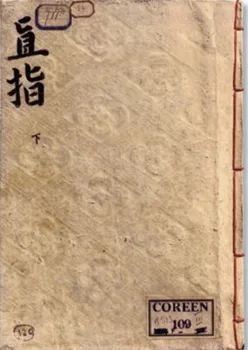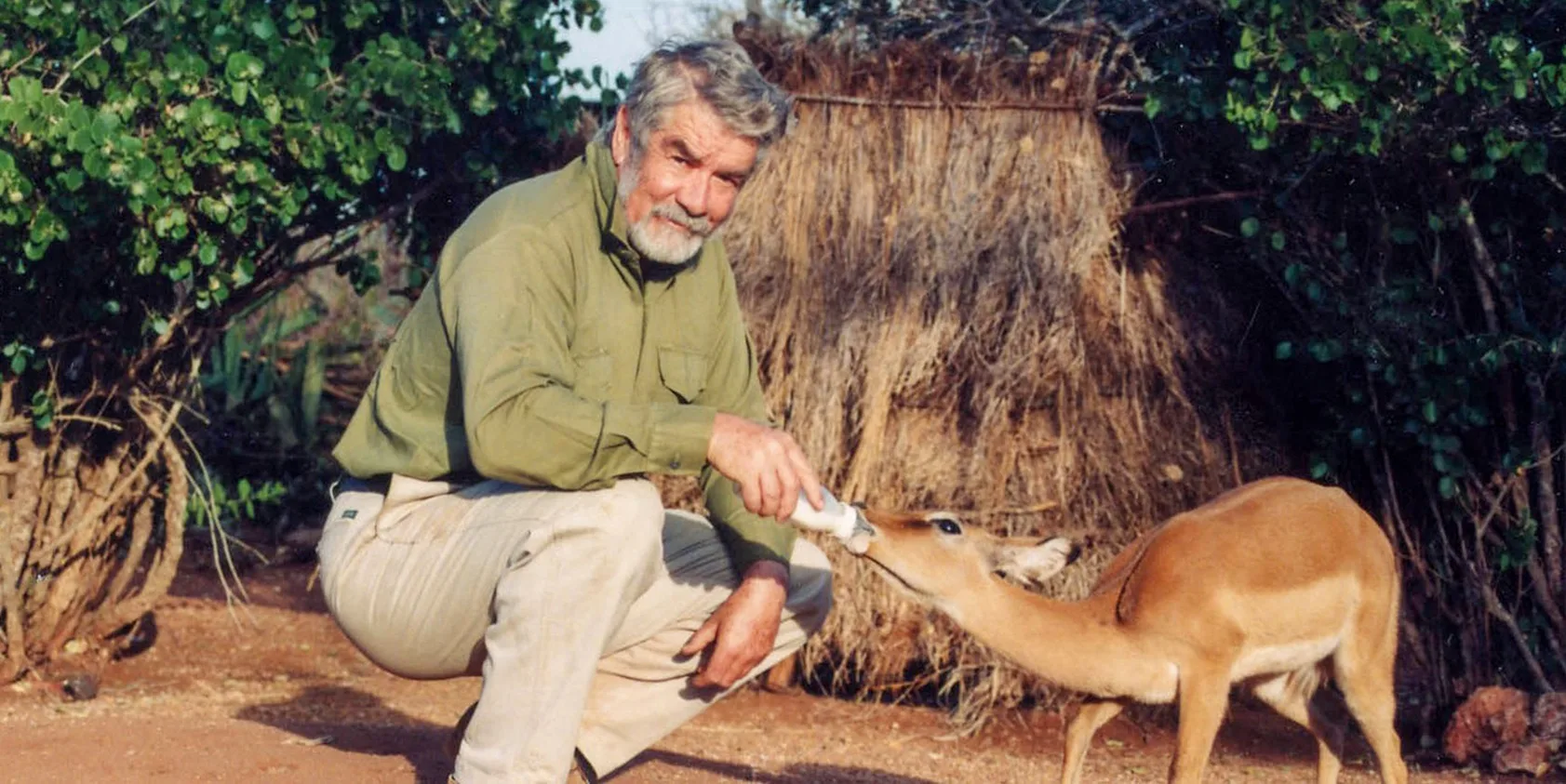If Jewels Could Talk is an original history of humanity through jewellery. Carol Woolton writes with authority and passion, both of which make this book an easy and interesting read, taking us from cave times to the present through the objects we have used for self-adornment.
Woolton has chosen seven items: hoops, rings, beads, charms, brooches, cuffs and head ornaments. In each chapter she reveals fascinating stories that reflect the various meanings of jewellery. From protective amulets to tribal identity, religious beliefs or self-ratification, jewellery has always been a way to identify and communicate.
In If Jewels Could Talk, Woolton explains not just the origins of jewellery and their presence in different civilisations, but she also explores their profound meaning for humans.
Looking back over the history of jewellery, I can only conclude that it fulfils a primal urge to decorate themselves.
– Carol Woolton
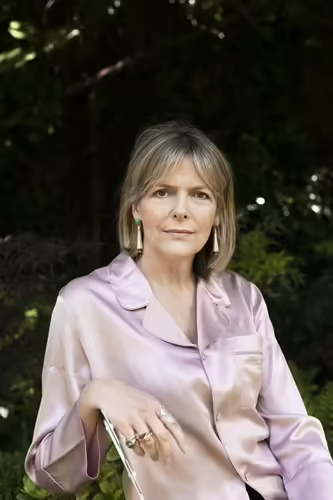
She credits gold hoops with being the world’s first fashion accessory, with the earliest having been found in Nubia, dating from around 2500BC, probably worn as symbols of power and social status. The circle shape is intimately connected to humans since the invention of the wheel in the Bronze Age. Every civilisation has a strong link to circles, from Greeks, Romans and Egyptians to the Arabs, Celts and Vikings. In our time, most designers have come out with different forms of hoop jewellery, among them Dolce & Gabbana, whose Sicilian Cart Loops in gold with rubellite, amethyst, tourmaline, emerald and multicoloured sapphires paid homage to the colourful carretto siciliano, introduced by the Greek during the 8th century BC.

Dolce & Gabbana Sicilian Cart hoops, from their Alta Gioielleria Collection 2018, haute couture translated to jewels.
In the chapter dedicated to rings, Woolton emphasises their meaning as bonds with other people, may that be a partner (wedding ring), a family (signet ring) or to discreetly indicate the position within a society – as in ancient Egypt and Rome. But rings have also been used in history for sinister purposes, as is the case with “poison rings” which reached their peak of popularity in the Renaissance, often used by wealthy families to eliminate obstacles in their quest for power.
Another captivating story is that of beads, which seem to have evolved alongside humans, having been used as protection, currency, art and even for praying, as in the Catholic rosary, the Hindu and Budhist japamala and the Muslim tasbih. Heavily coloured by superstition, the history of charms is that of human fear of the unknown, and as such, they have been used from the beginning by our species as ways to ward off evil and attract good luck. Coco Chanel was very superstitious, so always wore a bracelet with items she believed would protect her and bring her good fortune. There were old coins, Maltesse crosses, camellia flowers, interlocking ‘C’s and her lucky number, five.

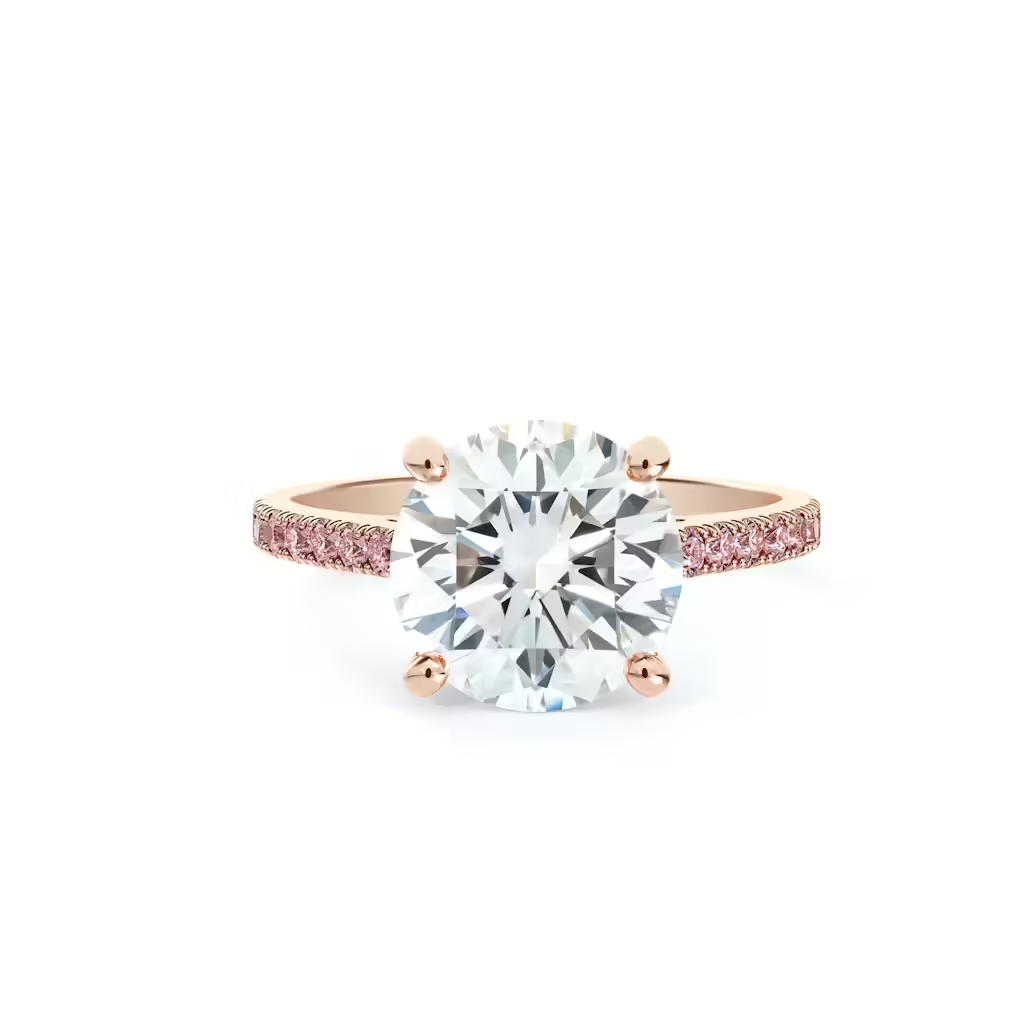
Left, a Victorian “Essex crystal” bumble bee brooch, circa 1880 (Hancocks), set in rock crystal and yellow gold. Right, engagement ring from De Beers Classic collection set in rose gold with a round brilliant diamond and fancy pink diamonds.
Brooches may have started to be used for practical reasons, just to hold two pieces of fabric together, but soon became an adornment too, with intricate designs found in pieces dating back as early as the time of Celtic settlers. Woolton also argues that brooches are markers of identity, mentioning as an example how Coco Chanel thought that “Brooches elevated both the custom and the woman wearing it, and they form a key part of a woman’s wardrobe who wants her views known.” Throughout history they have evolved and assume strong meaning, such as the red-ribbon pin we wore in support of HIV/AIDS epidemic or the Black Lives Matter movement; or the patriotic brooches worn by women during the First and Second World Wars to express patriotism and their commitment to the war effort.
In the sixth chapter, we discover the ancient iconographic power of cuffs, whose wide form gives an immediate feeling of supremacy. They were also an easy way to identify members of the same group and convenient for artists to show off their skill. Woolton believes that cuffs emerged from Africa in the Middle Stone Age era, when humans started to use animal skin as clothing and leather items as other apparel. In modern times, we have seen cuffs in the arms of Hollywood divas, and superheroes and in many high jewellery houses, such as the De Beers, which in 2002 brought the leather cuff back into fashion with a stunning leather wristlet cuff studded with a diamond, designed by Reem Pachani.
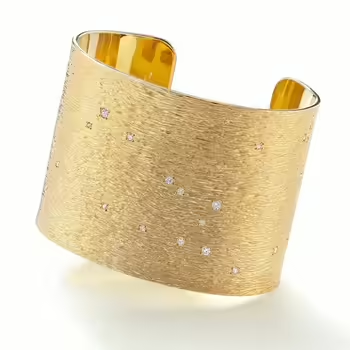

Left, Galaxy Cuff by Robinson Pelham in yellow gold dotted with diamonds. Right, Hancocks Anglesey Tiara (circa 1890), originally owned by the 5th Marquess of Anglesey, Henry Ciril Paget.
Last, Woolton takes us through the history and meaning of head ornaments, possibly the item of jewellery more connected to religious symbolism, political power and social status. Woolton argues that “A person wearing a head ornament inspires awe as they appear to float about anybody else.” It is in this last chapter that the author introduces us to wreaths, diadems, tiaras, cameos, turbans, warbonnets, hairpins, crowns and even Russian kokoshniks, a headdress worn by the peasant that was adopted by the royal family. Initially made of colourful fabric, they eventually evolved into sophisticated items embellished with all kinds of precious gems. Master jewellers like Fabergé and Bolin were commissioned to create extraordinary kokoshniks and even Cartier, Chaumet and Garrard produced versions of them. In London, Garrard made a Russian fringe tiara for Queen Alexandra’s 25th wedding anniversary in 1888. Queen Alexandra was the sister of Dowager Empress Maria Feodorovna, mother of Tsar Nicholas II.
If Jewels Could Talk by Carol Woolton is published by Simon & Schuster UK. Hardcover. £14.25 from Amazon and other retailers.

These and many more captivating stories wait for you in Carol Woolton’s If Jewels Could Talk, a book that you’ll probably often quote at dinners, as it is peppered with interesting facts about the role of jewellery in human history that very few people would know about. I can’t think of any other author who would have Woolton’s knowledge of the subject and the narrative skill to make it so amenable to all kinds of audiences.
Word: Julia Pasarón
Leading image: Engin Akyurt
Picture of Carol Woolton: David Montgomery


















